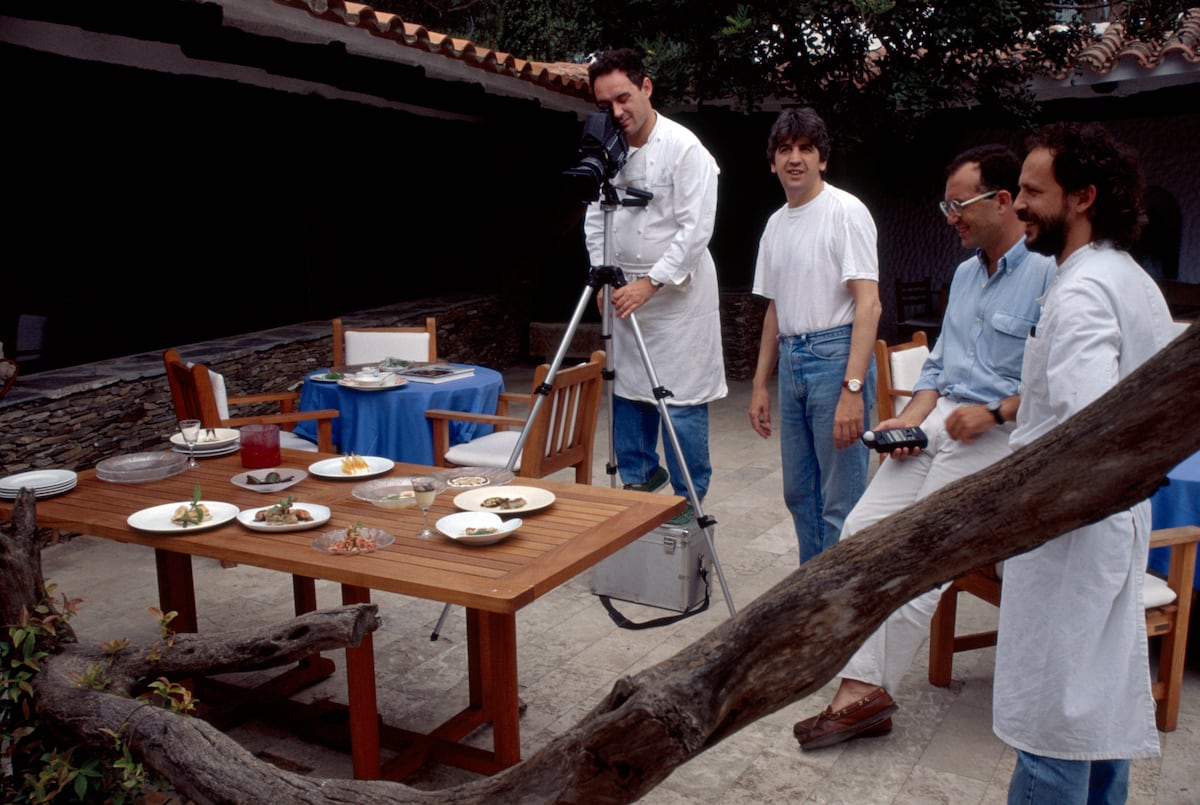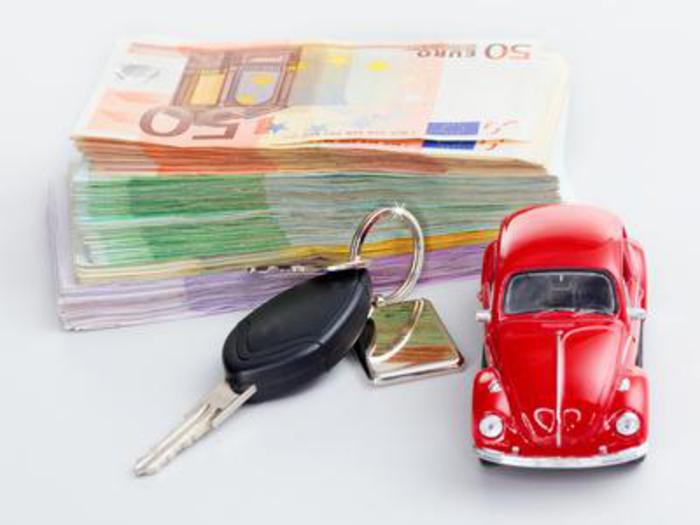The first summer with the AP-7 motorway totally free of tolls is approaching with the warning light activated due to the increase in accidents recorded by the main Mediterranean road corridor since the payment barriers were lifted.
The pull effect that has caused the total free ride between La Jonquera and Alicante has generated an increase in traffic throughout the section, of just over 600 kilometres, and with it accidents have increased.
In Catalonia, deaths from collisions on the AP-7 motorway have increased by 200% and the number of serious injuries has grown by 166%.
In the Valencian Community, the free passage has coincided with a rise of 19% in accidents with victims until 2021. In the first five months of the year, the DGT records another 57 claims and four fatalities.
The traffic authorities fear that the upward trend will increase in the coming months, driven by the desire to travel that the first vacations without conditions due to covid bring.
"This level of traffic is here to stay, it is not going to decrease," predicts Òscar Llatje, coordinator of Mobility and Security at the Catalan Traffic Service (SCT).
“Motorway traffic tends to increase between 30 and 50% when it is released”, points out the professor of Road Safety Luis Montoro.
In November 2018, the Government gave the green light to the free section of the AP-1 Burgos-Armiñón, and then came the AP-4 between Seville and Cádiz and the AP-2 between El Vendrell and Zaragoza.
The release of the AP-7 is not an exceptional case, but it is peculiar due to the high volume of traffic it concentrates and the consequences that this entails.
Even more so, when the forecasts indicate that the busy Autopista del Mediterráneo will endure more traffic this summer due to holiday trips between autonomous communities and the movement of vehicles from France and central Europe that go to the south of the Peninsula and to the north from Africa.
Before the pandemic broke out, in 2019, the average daily intensity on the highway between Castellón and Alicante was 40,408 vehicles, and two years later, without tolls,
The AP-7 was famously expensive and the abolition of tolls was welcome news for drivers.
Gratuity was progressively deployed.
In January 2020, the barriers on the section between Alicante and Tarragona were deactivated, which was a turning point after 40 years of having to checkout.
But the north branch was still paid for, a stretch of just over 200 kilometers to the French border and which ran entirely through Catalan territory.
Catalonia used for years that it suffered a loss compared to other regions of Spain because it accumulated kilometers of paid motorway and enjoyed few highways.
In September of last year the AP-7 was finally released.
The measure had a direct impact on increased mobility.
The Catalan Traffic Service estimates the growth in the number of vehicles "between 30% and 40%", and average daily intensities (ADT) of more than 95,000 vehicles are reached.
Circulatory hyperactivity has had a direct impact on road mishaps.
Accidents with deaths or injuries on the Catalan section of the AP-7 have grown by 26.4% in three years.
The SCT takes 2019 as a reference because it was prior to the pandemic and, therefore, it is the pattern of the last year with tolls and without mobility being limited by the virus.
If we start from the 2018 data, the increase in the accident rate on the AP-7 is 36.9%.
Meanwhile, in the rest of the Catalan road network, fatal or injury accidents have decreased by 20.5% between 2019 and 2022, and the drop is 25.7% if the 2018 figure is taken as a starting point.
"There has been a brutal redistribution of traffic," says Òscar Llatje.
Despite the data, the SCT insists that the transfer of traffic from secondary roads to the motorway is "positive" because the AP-7 is a safer road: "the speed is higher, but there are no intersections and the possibility of frontal impact.
The figures show that driving on the AP-7 entails a growing risk, but Òscar Llatje highlights that it is more feasible for the traffic authorities to deal with an upturn in accidents on a major artery than not having “scattered accidents”.
“It is easier to carry out patrols and controls, so more pressure has to be applied to the AP-7 ″, he points out.
Luis Montoro insists that free access cannot sacrifice the safety of a road, and recalls that the AP-7 was one of the safest motorways in Spain and Europe before the barriers were erected.
"And that has to be maintained," he says.
Regarding the increase in accidents, Montoro warns that he may have something to do with the capacity of the road.
“If you put a lot of traffic, it is likely that at times there will be traffic jams, and these are dangerous on the highways because people go very fast and it is not the same to brake at 90 kilometers per hour on a conventional highway than if you go at a speed of 120 kilometres, which is much more complicated”, explains the expert.
The SCT confirms that a typical accident pattern on the highway is the rear-end collision.
Òscar Llatje points out that the mechanics of these punches fit with a distraction and a "lack of respect for the safety distance".
Traffic on the AP-7 near Castellón.ANGEL SANCHEZ
According to Montoro, distraction is usually the first cause of accidents on expressways, around 33% of the total.
“The less traffic, the more distraction because the highway is usually very monotonous and predictable.
What Americans call highway hypnosis occurs,” he notes.
Sleep follows, causing another 20% of accidents, and inadequate speed.
“With the release of tolls, as there is more traffic on the highway, with more trucks, there is a dispersion of speed that entails a lot of risk.
A truck can go 90 kilometers per hour and a car 120 kilometers.
As all the traffic does not go at a similar speed, the possibility of being hit from behind increases”, adds the expert.
Not having to checkout has also brought more trucks onto the highway.
On the AP-7 in Catalonia, this 2022 there are 32.9% more accidents with trucks, compared to the same period in 2019.
The blowout is the cause of between 8 and 10% of fatal accidents, when on conventional roads it does not represent more than 1%.
According to the professor of Road Safety, it is important to know about heavy traffic because in some sections it is multiplied by ten and "that decongests parallel roads and is good, but it also brings a series of issues to take into account, such as increasing rest areas , or avoid a more frequent wear of the pavement than usual because it makes the grip of the road worse and can influence braking”.















